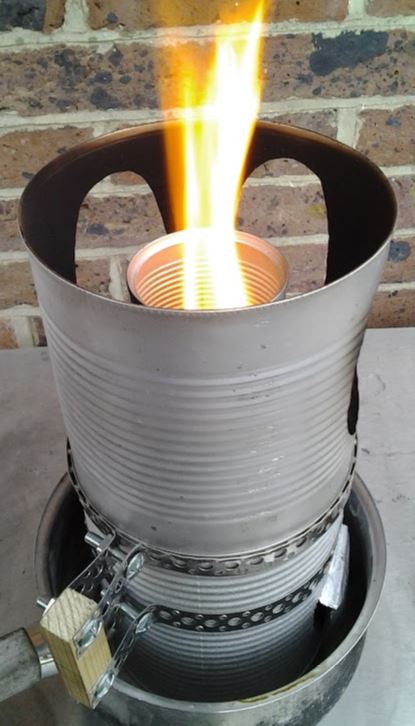The Biochar Cookstove Project
On a daily basis, some three billion people globally use open fires or inefficient and unsafe cookstoves for cooking and heating. The black carbon released by these stoves is a major contributor to the unsustainably high concentrations of atmospheric carbon which are causing drastic changes in climate around the world. The build-it-yourself Climate Rescue Can Cookstove produces biochar which removes carbon from the atmosphere.

Harnessing the diverse benefits of biochar aligns perfectly with 2050kids’ mission and vision.
2050kids Biochar Cookstove Project focused on engaging communities in a hands-on process that promoted local biochar production and local leadership of the project.
What is Biochar?
Biochar is a type of charcoal made with sustainable resources to create a carbon negative material which is used in agriculture. Biochar was first utilized 2000 years ago by indigenous Amazonians as a natural soil enhancer. It has the ability to retain and deliver to plants nutrients that might otherwise be either locked into soils or dispersed by rainwater. If implemented correctly, biochar can regenerate soils, improve food security, and help combat deforestation. With its potential to store one gigaton of carbon per year by 2050, biochar could be a “game changer” in addressing global warming.
Introducing the Climate Rescue Can Cookstove
The Climate Rescue Can Cookstove is a biochar-producing cookstove with a simple, build-it-yourself design. It can be constructed with hand tools using locally recycled and salvaged materials. The stove is the hub around which climate challenged communities can begin transitioning to regenerative models of cooking, farming, and economically developing.
The cookstove:
- addresses food and economic security
- tackles the challenges of environmental and global health
- stores rather than produces harmful greenhouse gases
Rather than consuming charcoal,the Climate Rescue Can Cookstove utilizes biogases as fuel and a unique cooking process to produce biochar. The cookstove can be fueled by dry materials such as wood, garden debris, and cardboard.
Visit the Cookstove Challenge
Learn about 2050kids inaugural project, The Cookstove Challenge.
Participate in the Challenge
Visit the Virtual Cookstove Challenge to participate.
